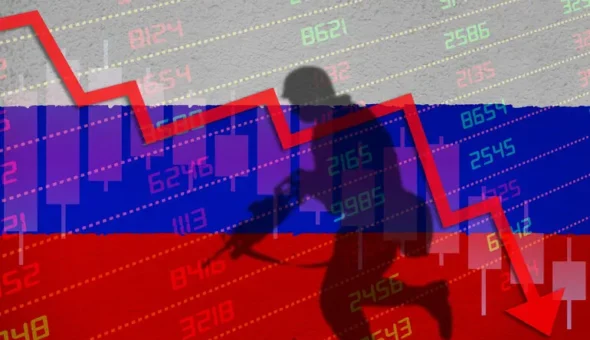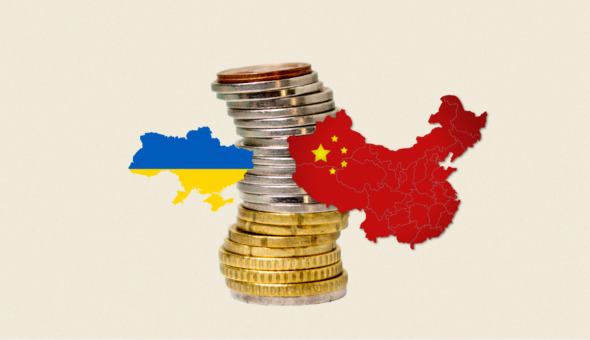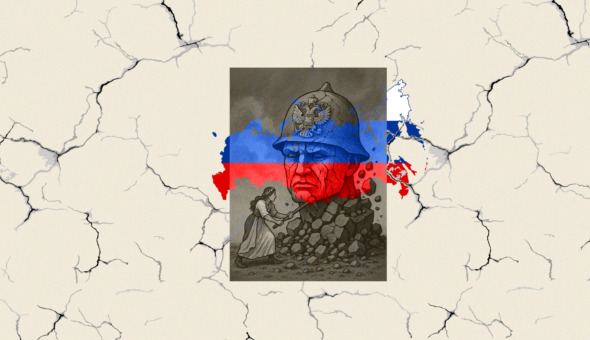
There are several draft laws related to the pension reform in the Plan of legislative work of the Verkhovna Rada of Ukraine for 2023, but none of them is marked as eurointegrational one. It’s a pity, because the issue of pension provision is both in the narrative and in the specific requirements of the European Commission to Ukraine.
In particular, it concerns the compliance of Ukrainian legislation with the norms of EU Regulation 883/2004 on the coordination of social security systems and two directives 98/49/EU and 2014/50/EU, which relate to the freedom for movement for workers within the EU and ensuring their right to pension payments. Namely, there is a caveat that “Low pension requirements (age and contribution periods) are rising slowly; many pensioners risk not even reaching subsistence levels; this affects women in particular, who can retire earlier than men and risk old-age poverty”. And these are already more specific guidelines for the necessary changes.
The fact, that the pension system of Ukraine as of today does not satisfy anyone involved, does not require proof. Pensioners – due to the low amount of payments and injustice, when the principle “the more you work – the higher are your pension benefits” is almost eliminated. Employees – due to the consciousness of the futility of pension contributions, which will definitely not ensures the decent lifestyle in old age. The government – because of the huge gap in the budget that is growing every year to cover the deficit of pay-as-you-go system, which in 2023 will amount to almost 272 billion hryvnias or about 10% of the state budget expenditures.
The need for change is undeniable, but which EU countries should we emulate and whose best practices should we adopt? In April 2023, Allianz SE, a German financial multinational corporation whose main activity is insurance, published the results of the annual research Allianz Global Pension Report 2023, which, in particular, shows the rating of pension systems, that included 75 countries of the world. The first 3 ranks are occupied by the EU countries – Denmark, the Netherlands and Sweden. Belgium, Portugal, Germany, Italy appear into the top 20.
Last year, the American consulting company Mercer also published its periodic report Mercer CFA Institute Global Pension Index 2022, which ranked the pension systems of 44 countries around the world. According to this organization, the first 3 ranks are also occupied by the European countries – Iceland (not appeared in Allianz SE study, is not an EU country), the Netherlands and Denmark, and the member states are included in the 20th are Finland, Sweden, Ireland, Belgium, Germany.
The methodology for calculating both pension indexes contains several identical indicators that we should focus on when reforming our Ukrainian pension system. 2 of the 3 sub-indexes in each rating are called “Sustainability” and “Adequacy”, because it is primarily about the fact that the pension system should be designed in the way that even after 60 years, young persons, who have just started working, receive the benefits are sufficient for a decent retirement life.
The rank in the ratings for both indexes largely depends on the ability of pension systems to respond to demographic challenges, which are:
- aging population;
- changes in the ratio between those who pay contributions and those who receive pension benefits, in favor of the latter;
- prevention of a decrease and constant increase of the share of workers who pay contributions;
- diversification of pension payments.
All these challenges more or less are also relevant for Ukraine. As of March 2023, the number of those paying contributions equaled the number of pensioners, that is, one working person should pay pension benefits for one pensioner. At the same time, before the full scaled invasion, the workforce of Ukraine was 17.4 million people, of which 8.3 million were women and 9.1 million were men of working age. According to the data of the Pension Fund of Ukraine, the total number of insured persons in December 2022 was 10.8 million persons, of which 8.6 million were employees, while 23.1% of them received wages less than the minimum one (so, the contribution to the fund was also minimal). Thus, coverage of the mandatory pension system in Ukraine is about 60%. For comparison, in the EU countries that are leading in the pension rankings, such coverage ranges from 88.0% in Netherlands to 93.0% in Finland.
There is another one assumption why the pension systems of these European countries are considered the most adequate and sustainable – most of them (except Belgium) have at least one built-in automatic adjustment mechanism in mandatory pension plans, which is triggered under certain specified conditions and affects the design of the system itself. Thus, Denmark, Iceland, Norway and Sweden have a Funded defined contribution, and Italy, Norway and Sweden again have a Notional defined contribution. In addition, in Denmark, Italy, the Netherlands, Portugal and Finland, the retirement age increases automatically as life expectancy increases. And in Finland and Portugal, the amount of pension benefits linked to life expectancy, demographic ratios and also economic factors.
Of course, the pension system in Ukraine has a number of challenges that are not common to EU countries, because they are caused by a full-scale war provoked by russia: a significant reduction in the number of people of working age (as a result of emigration, temporary occupation of territories, forced deportation or death); shrinking economy, reducing the number of jobs and lowering the level of wages; decrease in birth rate, etc. That is why we should not only implement the best EU pension practices as soon as possible and bring the legislation closer to the EU one, but also develop additional measures that will help Ukraine overcome the gap in the quality of life of the elderly.
Author:
Marianna Onufryk, expert of the “Euroscope” project of the ANTS network
for RUBRYKA
This publication has been made within the frameworks of the MATRA Programme supported by the Embassy of the Kingdom of the Netherlands in Ukraine. The opinions expressed are those of the author(s) only and should not be considered as representative of the Embassy’s official position





